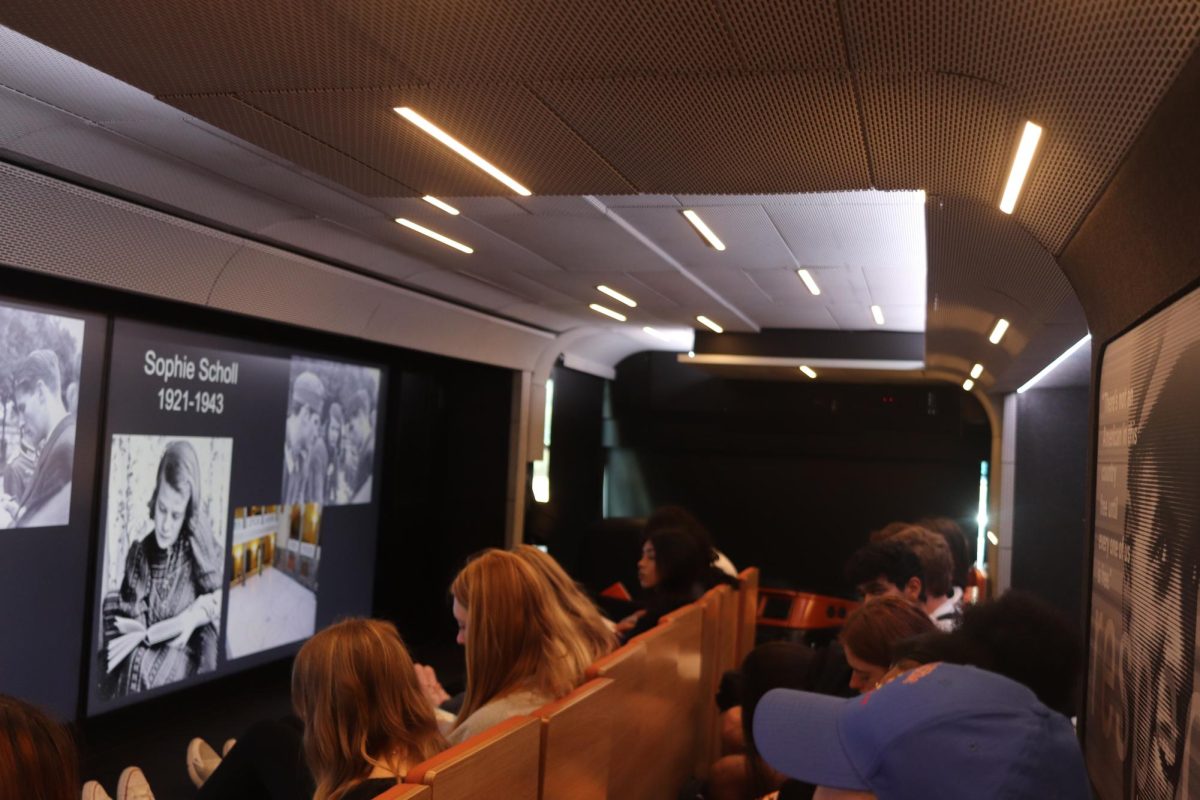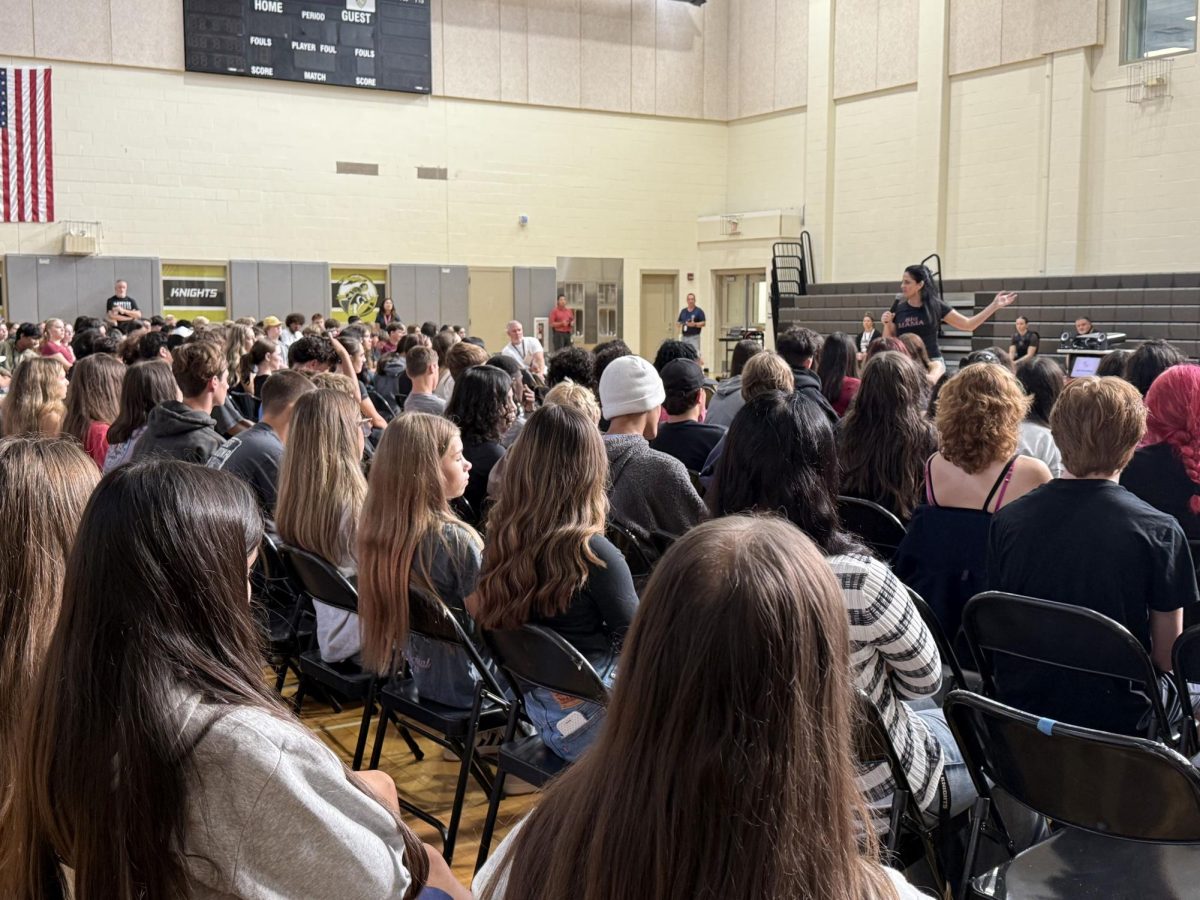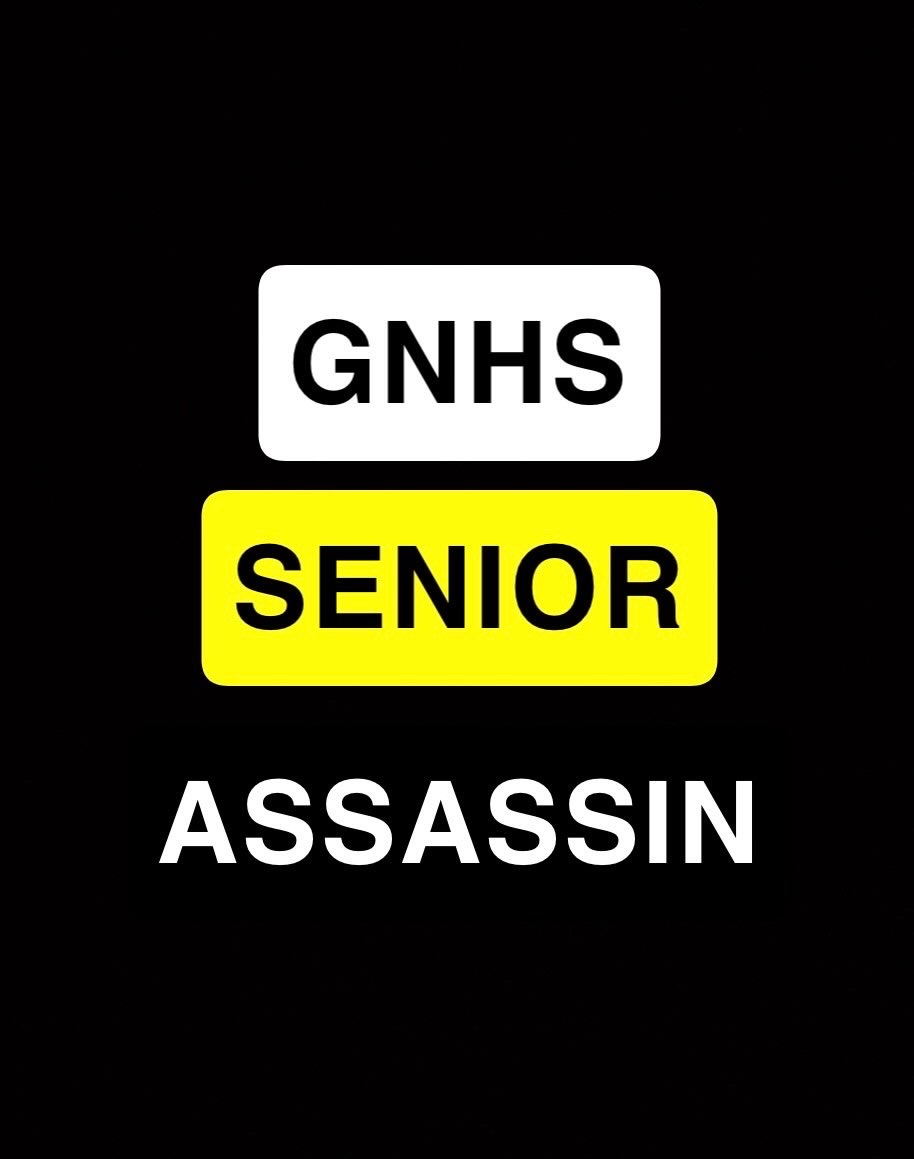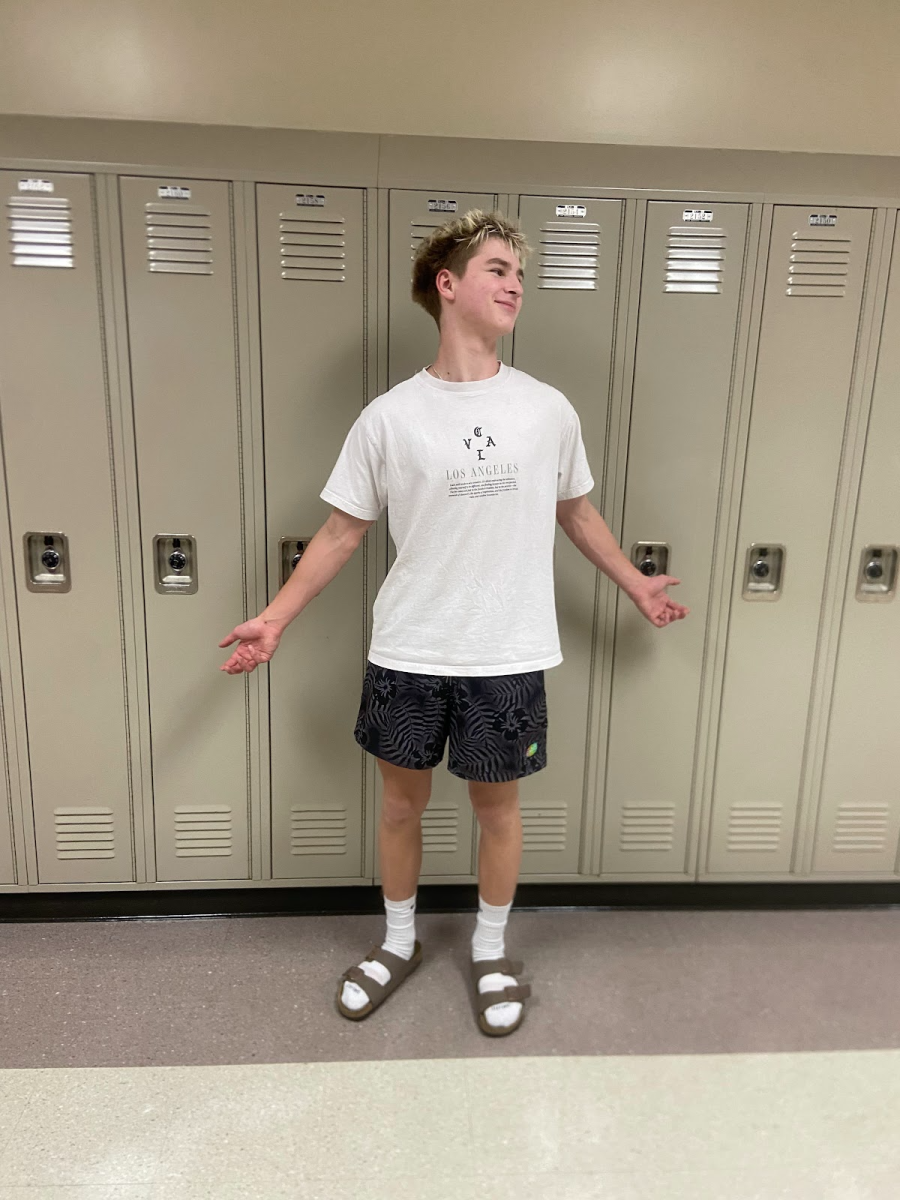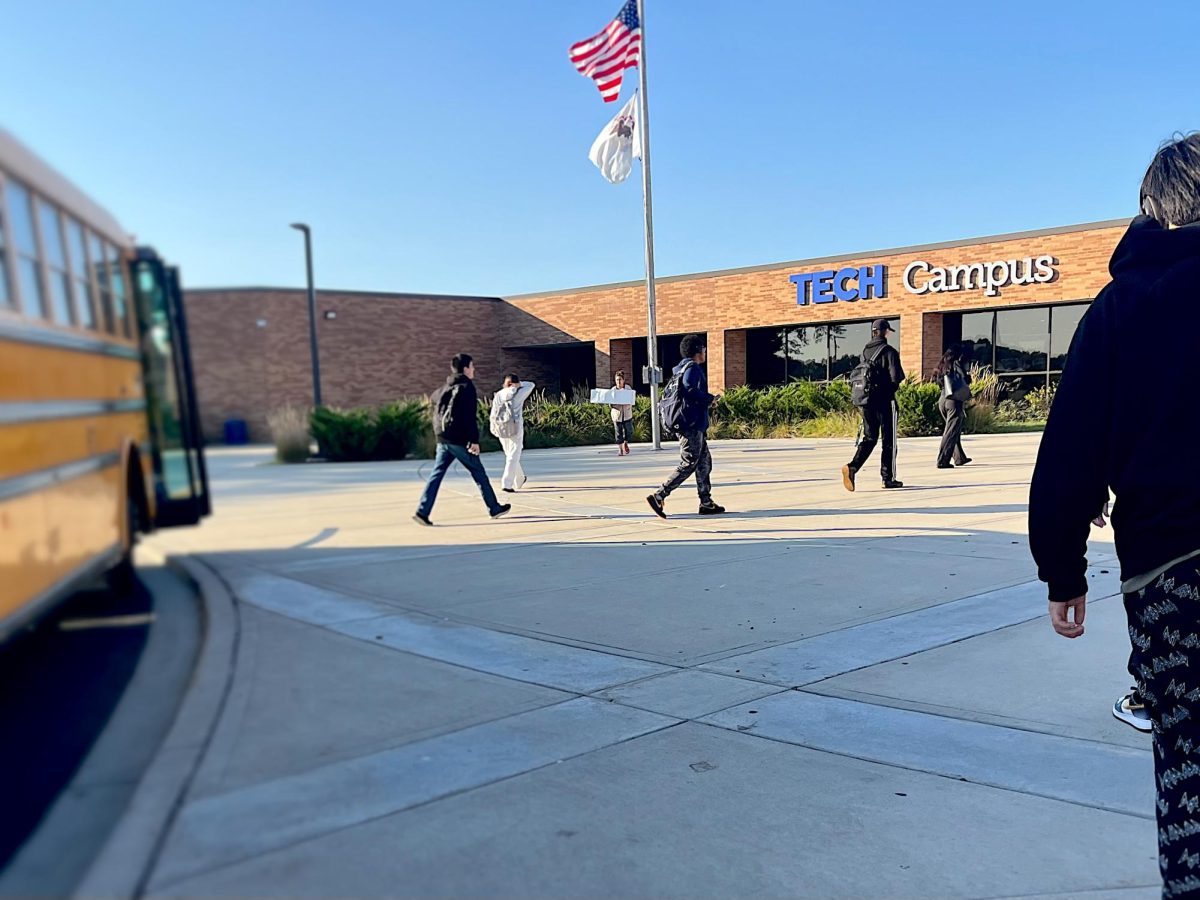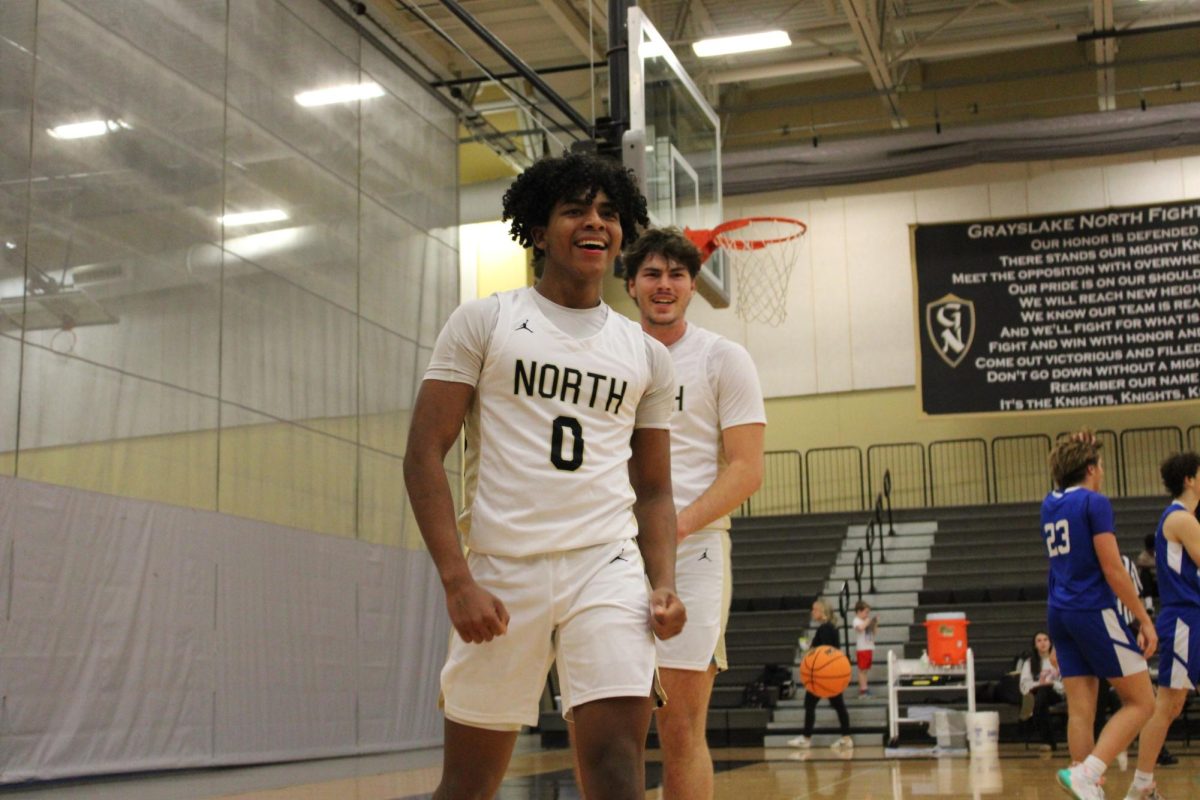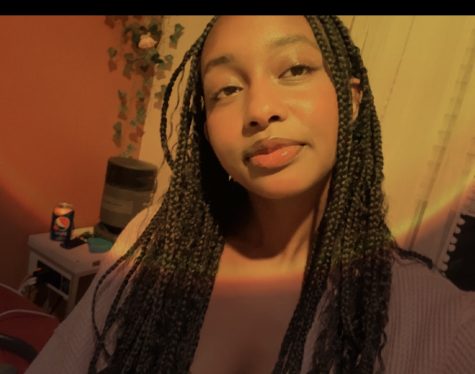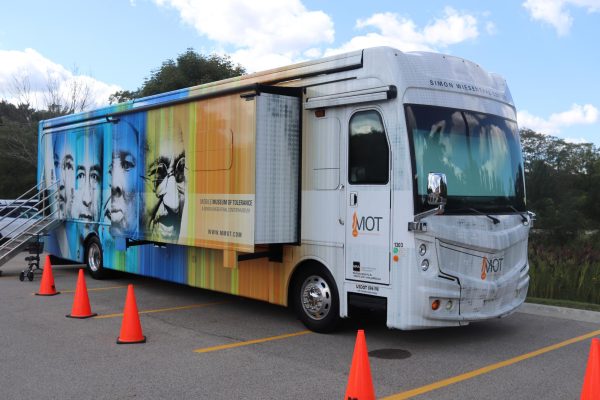
The museum showcased three types of presentations that the teachers got to choose from. It consisted of a slide show as well as videos, and the presenter would interact with the students and ask questions. The mobile museum travels to other schools, and they teach other grade levels including middle schools.
“I personally took my two AP US History classes because those are the only two classes that I teach,” said social studies department chair Adrijana Bisevac, a teacher who participated in the mobile museum and helped coordinate it.
Bisevac’s position entailed “ensuring that the information was just distributed to my departments,” she said.
“As soon as Dr. Storaasli told us about it, I immediately sent the information to my department to encourage individuals to start thinking about signing their classes up and then just kind of monitoring the signup sheet. And just organizing within the department and making sure that we could get in as many classes so that as many of our students could attend as possible,” Bisevac said.
Twenty-nine classes were invited to visit this museum and watch one of the presentations that were available. The teachers chose from the three options of slides.
“We were given three options. One was on digital media literacy. One was on the power of ordinary people, and one was on the civil rights movement. So teachers could select from one of those three, and that’s how it was determined the classes that would see one. So like, for example, we spend a lot of time on the civil rights movement in US History during second semester. And so that’s why I took my classes to see that one,” Bisevac said.
Besides Bisevac, other history teachers were involved in the organization of this event. One teacher, Ashley Kunz, brought all her classes to the mobile museum as well. She got to participate in multiple showings of the sessions.
“I think they were a really, really cool way to bring in like an outside organization to the school. I thought each one was really important on its own, like, right,” said history teacher Ashley Kunz.
She also helped coordinate the sessions.
Teachers who have more than one or two classes viewed the sessions more than a few times. Although it’s the same presentation each time, the conversation is different because students are asking different questions and having different opinions.
“After seeing them, I kind of saw that. I went to one of them. I took every single one of my classes too, so I saw it five times. I thought each time that I went, there were all these different conversations that were happening even though I was watching the same things and hearing the same conversations. Just because the student element makes each one different because they kind of take their own things with it,” Kunz said.
The presentations were less of a lecture format and more of a discussion-encouraged environment. Students were able to have conversations about the material they saw and build on what was taught.
“So I took both honors and my reg classes to the same one. We went to the Holocaust workshop. It really is so student driven because I think that the way that my reg students saw some of the materials versus how my honors students saw the same materials, it’s the same baseline, but it has different conversations just based on what students notice. So I think it’s definitely appropriate for all students. And I was glad that I got to experience how they experienced it in a conversation too,” Kunz said.
All levels of history classes were taken to the same presentation. They didn’t have any different presentations or material for AP or honors classes compared to regular classes. This allows students to converse with each other outside of class or the museum and discuss opinions.
“Yeah, so we spent a lot of time with our discussion afterwards. We linked it because we’re kind of in the time when we were in our unit in early America. So we were talking about Native
Americans in some of the ways that you can see colonial power over natives, for example, and how that power struggle between groups of authority and historically oppressed groups might shift over time and things like that. And we kind of connected it that way. I know the civil rights unit we do in US History is very similar to what they saw, so it’s kind of an easier connection, but I think especially with digital media literacy, that’s everything we do. Even when we say, like, here’s sources to look at. That is part of digital media,” Kunz said.
The material was similar enough to the work students do in class so teachers were able to piggyback off the presentation they saw and use that to connect that to the material students learn or will learn in class.
“I really enjoyed going to the museum. I thought it was really interesting, it being a mobile one that came to our school,” said junior Serlyn Escobedo.
The mobile museum was an experience that North first had this year. It was something new that North incorporated into their history curriculum and that students hadn’t seen at school before.

